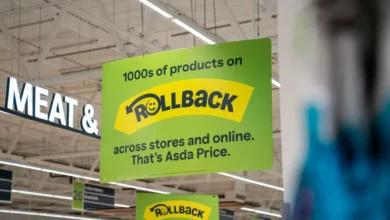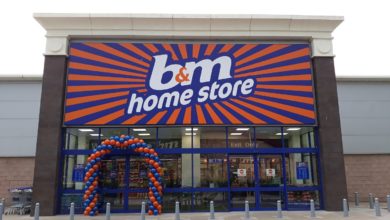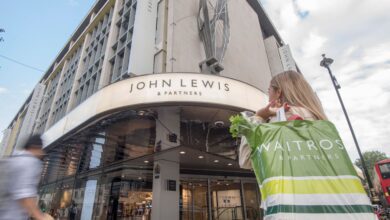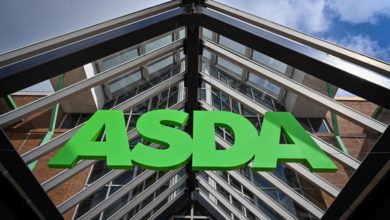September’s retail results: The winners and losers
Retail Sector analyses a myriad of financial results released by five retail subsectors thus far in September, split into supermarkets, fashion, sportswear, DIY/home, and e-commerce

Retail can be argued as the industry that has shifted the most as a direct result of the global pandemic, and continues to change as we enter a post-pandemic period. The rise of e-commerce has been accompanied by high profile high street closures, supermarkets have become the centre of private equity attention, and rafts of fashion retailers have begun to limit the damages they were dealt in 2020.






